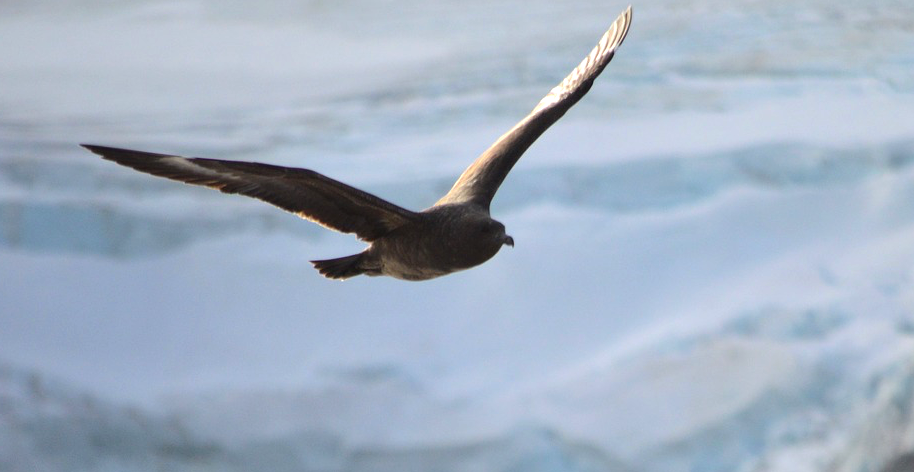
Antarctica is home to 46 species of birds with 35 found south of the Antarctic convergence (approximately 50°S) but only 19 breed in those climes. Most of the birds breed in very large numbers due to the lack of snow-free nesting grounds which means they are compressed into the rocky areas.
The penguin is the most common bird but only two species of penguin are considered to be true Antarctic birds. These are the Emperor and Adélie penguins, while the Gentoo, Macaroni and Chinstrap penguins tend to favour the Antarctic peninsula and King penguins favour the islands of Antarctica.

Other birds include albatross, petrels, terns, gulls, fulmars, cormorants and sheathbills. All Antarctic birds have webbed feet except the snowy sheathbill. Krill and other invertebrates are the main source of food for Antarctic birds but they also eat fish and squid, while larger birds have a preference towards eggs, chicks and carrion.
Although Antarctica is a harsh environment for animal life it has two great advantages for birds: A lack of land predators, which offers the birds comparative safety, and an abundance of food in the summer months.
However, climate change is now their main threat. Some birds will adapt and some will be threatened with extinction. Watch this space.
